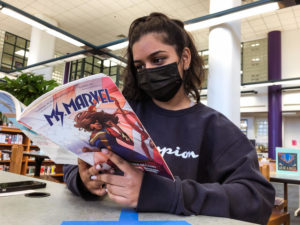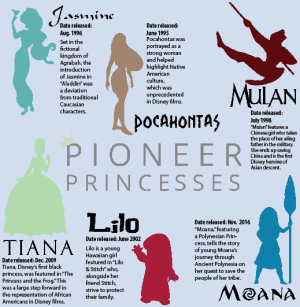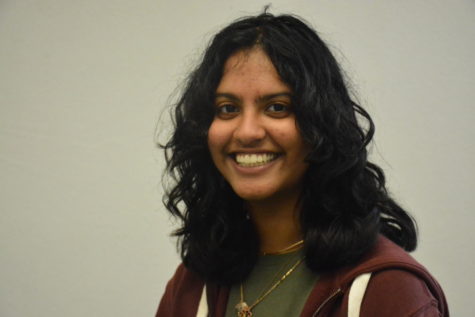From infinities to multiverses, MCU expands in Phase 4
May 29, 2022
With the ongoing hype around new Marvel shows and movies, Phase Four introduces a new cast of heroes and villains, branching off from the original Avengers cast. Many of the shows depict former Avengers’ power being handed down to a younger group of heroes, such as Kate Bishop in “Hawkeye” growing into the role of the now retired Clint Barton. Or, they portray new characters taking the role of deceased heros, like in the upcoming show “Ironheart,” where Riri Williams becomes the new Tony Stark.
“I felt like before there was a focus on just the ‘Avengers’ movies in general,” junior Jake Bartolomeo said. “And now, [Marvel] is trying to take different characters and give them their own stories, which I kind of enjoy.”
The first three Marvel phases were coined the Infinity Saga, where each movie contributed to the overarching story of Thanos and his quest for the Infinity Stones. Phase Four takes a new direction which was made possible by the opening of the multiverse in the show “Loki” released on Disney + in June 2021.
“‘Loki’ is my favorite show so far,” Bartolomeo said. “It has much broader implications for [upcoming] movies.”
The multiverse allows any and all possibilities about Marvel characters to be considered canon, which the show “What If…?” released on Disney + in August of 2021, delves into. It explores various possibilities and deviations from original Marvel movies, allowing more freedom for the creation of new shows.
“[The multiverse] is really interesting,” junior Ashika Ganta said. “Marvel does like to make simple stories that appeal to a lot of audiences, but I do hope they make something more complicated with it.”
With “Spider-Man: No Way Home,” the multiverse plays a core part in the film’s plot when Peter Parker accidently opens it, allowing monsters and superheroes to fall through, resulting in a mad dash to try and fix the chaos they cause and return them home. However, the multiverse plays a different part in “Doctor Strange: Multiverse of Madness,” when Doctor Strange opens a portal to the multiverse, allowing characters to now explore other universes instead, something past movies haven’t explored before, according to Comic Book Resources.
“[The multiverse] is kind of confusing,” freshman Sydney Yang said. “One movie would come out in one time period, and another in a different time period.”
Phase Four has also seen an increase in racial and LGBTQ+ representation, with “Shang-Chi” and “Eternals” featuring Asian leads and openly gay superheros, as well as depicting people with disabilities, per The Direct. There are also more female-led roles, the first of which was “Black Widow,” which started off Phase Four, and “WandaVision,” the first MCU show.
“More diversity is always better,” Ganta said. “It’s always more interesting to bring in different cultures.”
It has yet to be seen if all these stories will eventually merge into a larger plotline, like what happened in the previous phases. Nevertheless, Marvel is expanding its movies and shows, bringing in more headline characters than ever before, per ScreenRant.
“Ms. Marvel,” releasing June 8, 2022 on Disney +, features Kamala Khan, a Pakistani-American girl who is obsessed with Captain Marvel and ends up with her superpowers, according to Glamour. Another Phase Four Movie, set to come out in theaters in 2023, is “Ant-Man and the Wasp: Quantumania.” This film sets the stage for more time travel, per the Marvel Fandom, with the appearance of the time traveler Kang the Conqueror, first introduced in “What If…?”
Already, Phase Four has released more content in 2021 than all of Phase Three, according to The Direct, and this new era is only just getting started.
“[Phase Four] is going in a good direction,” Yang said. “It’s coming out with a lot of good movies and I think that will keep Marvel going on in the future.”






